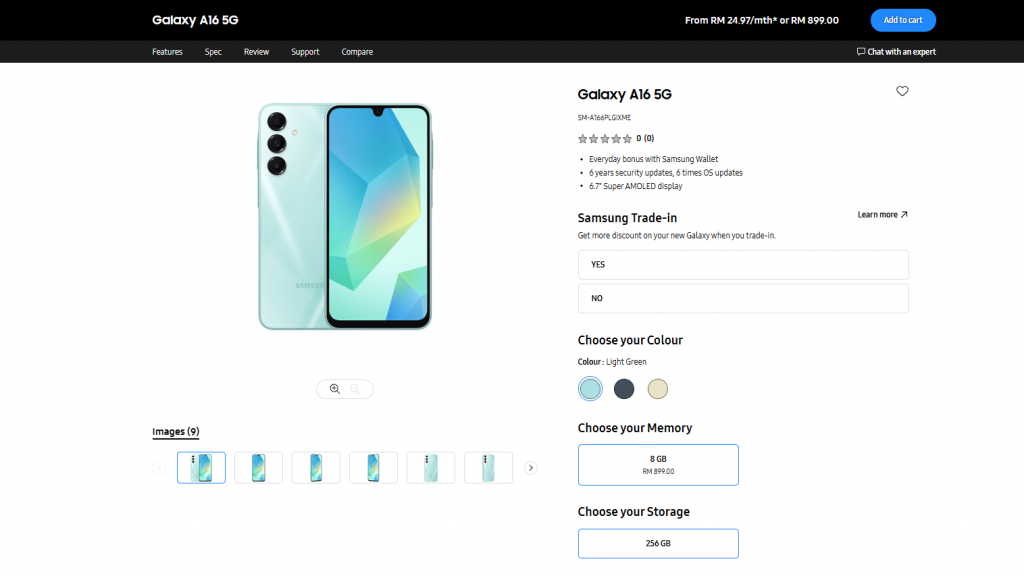Anyone interested in learning more about how they can harness the power of OpenAI’s ChatGPT AI service using their own data are sure to find this quick yet comprehensive guide useful. The digital age has seen an explosion of data in every imaginable domain.
From the business sector to academia, data-driven insights have become the norm, and the ability to process and understand this data quickly and efficiently is invaluable. ChatGPT, a cutting-edge conversational AI, has always been at the forefront of these capabilities. With its latest file upload update, using ChatGPT to analyze and process your data has never been more streamlined.
ChatGPT file upload feature
OpenAI’s ChatGPT has recently rolled out an innovative feature that allows users to work more effortlessly with their own data. This update is a testament to the commitment of OpenAI to make data processing and analysis more accessible to a broader audience.
One of the most notable features of this update is the ability to upload multiple files simultaneously. This is a significant upgrade from the earlier version, which permitted only one file at a time. For researchers, analysts, or even hobbyists working with multiple datasets, this enhancement can be a game-changer, allowing for a more seamless interaction with the platform.
Supported file types
While ChatGPT can now handle a variety of file formats, it is optimized for simpler data files. Text files and CSV files, being straightforward in structure and content, are the most suitable for quick analysis and processing. More intricate files like Excel spreadsheets or PDF documents might still be compatible but might not offer the same level of fluidity in interaction.
Transform ChatGPT results using your own data
With this update, users don’t just upload their data; they can dive deep into it directly within ChatGPT. Whether it’s seeking summaries of extensive datasets, gleaning insights, or even generating visual interpretations, ChatGPT stands ready to assist. Imagine having a conversation with your data, asking questions, and receiving concise, insightful answers – that’s the experience this update brings.
This advanced functionality, especially the ability to interact with the code interpreter, is available for users who have opted for the paid version of ChatGPT in the form of ChatGPT Plus.
ChatGPT Plus, is available for $20/month, and subscribers will receive a number of benefits:
- General access to ChatGPT, even during peak times
- Faster response times
- Priority access to new features and improvements
Other articles you may find of interest on the subject of ChatGPT and productivity :
Further expanding its repertoire, ChatGPT now also supports a wider range of file types including PNG, GIF, MP4, CSV, PDF, and even Python code. This versatility means that regardless of the nature of your data or the format it’s in, ChatGPT can likely interact with it. An intriguing feature enables users to prompt ChatGPT to create tables that capture the essence of each uploaded file, detailing the file name, a brief description, and its core highlight or main point.
The reception of this update has been overwhelmingly positive. For many, the ability to quickly and intuitively analyze various data forms has been a boon. By eliminating the need for specialized software or extensive coding knowledge, ChatGPT democratizes data analysis. Users can now focus on the bigger picture, the narratives behind the numbers, and the stories that data tells, rather than getting bogged down by the intricacies of data processing.
OpenAI’s latest update to ChatGPT is more than just a feature enhancement; it’s a paradigm shift in how we interact with data. By bridging the gap between raw data and actionable insights, ChatGPT is not just a conversational AI; it’s a robust analytical companion for the digital age. Whether you’re a seasoned data scientist or someone just starting their data journey, ChatGPT’s file upload update is set to redefine your data experience.
As soon more features are rolled out by OpenAI to its ChatGPT service and large language models we will of course keep you up to speed as always providing plenty of tips and tricks on how to use this new artificial intelligence to improve your productivity and of course your results.
Filed Under: Guides, Top News
Latest togetherbe Deals
Disclosure: Some of our articles include affiliate links. If you buy something through one of these links, togetherbe may earn an affiliate commission. Learn about our Disclosure Policy.




